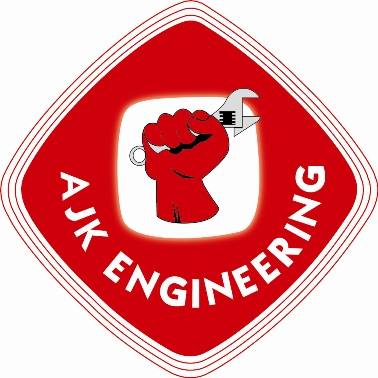Crane Hook Safety Tips
Let’s look in a little more detail at some of the essential safety practices when hoisting, rigging and using crane hooks:
Crane hooks used for hoisting materials
Requiring a combination of skill and knowledge, the safe use of crane hooks for hoisting is vital. Whoever is in charge of operations must be clear as to the capacity and working load limit of all materials to be hoisted using a crane hook, and this includes the slings and ropes being used to elevate the load.
A basic but essential requirement before any load is hoisted, is to ensure that the work site is devoid of people and obstacles that could pose a potential hazard to operations.
Once the area has been deemed clear and safe, it must remain that way until the loads have been transferred, safely lowered and removed from the slings. Should the sling happen to get caught underneath the load and become loose, you’re left with an unsecured load, and this can cause all manner of health and safety problems, not to mention physical injury should anyone or anything be in the immediate vicinity.
Crane hooks used for rigging
Just as with hoisting, the safety of a crane hook is reliant upon accurate information pertaining to the weight of the loads being lifted, and the operator must be clear on this before any lifting commences, and to guarantee the stability of the materials. Not only does knowing this help to reduce the risk of an unstable load, but any rigging materials being used are less likely to be damaged, too.
A thorough inspection of all slings and rigging hardware should be carried out regularly to check that they’re in good working order, and if any piece of equipment shows signs of wear, tear or damage (including rust and corrosion), then they shouldn’t be used until they’ve been repaired or replaced.
Storing slings and rigging material properly can help to preserve them and ensure that they’re safe to use, for longer, and they should never be left on the ground for extended periods to avoid damage from damp and other external environmental factors.
To know more about crane hook safety and maintenance, talk to a reputable engineering company who can better guide you.
Crane hooks used with safety latches
Used to provide an extra level of security when hoisting and rigging loads, safety latches can help ensure that a sling is securely attached to the load, to prevent it from sliding when the sling becomes slack.
Some general safety tips for crane hook usage
It’s important to note that the exterior temperature can also have an impact on the lifting of a load, and that during colder weather, loads can easily become frozen to the ground, while rigging hardware and hoisting equipment often becomes dangerously brittle in extremely cold temperatures.
Communication is vital between all operators and workers throughout crane hook use, and everyone present should be clear on what signals to use when lifting and unloading materials.
Always take note of current weather conditions, and be aware of how strong winds or heavy rain, for example, can make the lifting of a load, unsafe.
To find out more about the safe use of crane hooks, or for detailed information on how to preserve and maintain them, reach out to a professional truck mounted crane Equipment Company today
